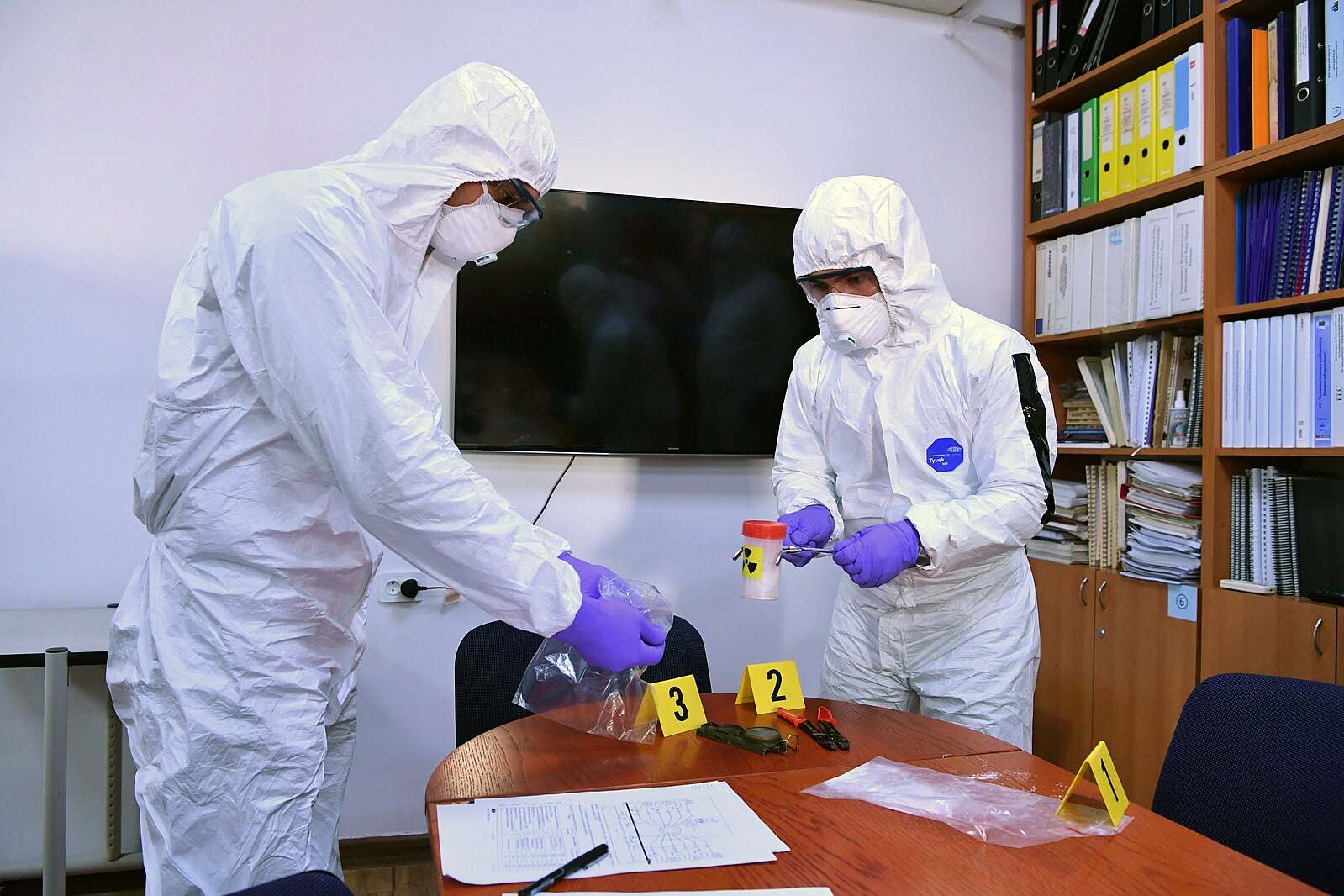Now Reading: The Importance of Evidence Preservation in Personal Injury Cases
-
01
The Importance of Evidence Preservation in Personal Injury Cases

The Importance of Evidence Preservation in Personal Injury Cases
Have you ever come across someone being injured due to another person’s negligence, be it a car crash, a workplace accident, or a slip on unsafe property? Fortunately, the law provides a path to seek compensation in such matters. However, winning a personal injury case isn’t only about proving that harm occurred. Instead, it’s about proving it with actual evidence.
Evidence is the backbone of any successful claim. Courts and insurance companies can only establish what happened with the help of documentation, testimonies, and physical proof. Even the most justified injuries receive dismissive treatment or are undervalued without concrete evidence. Let’s explore in detail why evidence preservation is so crucial and what types of evidence can make the biggest difference.
Why Does Evidence Matter in Personal Injury Claims?
Unlike criminal trials, personal injury cases are civil matters. This means the burden of proof rests on the injured party (the plaintiff) and their legal team. You must demonstrate:
- Duty of care: The other party has an obligation towards you (a driver must follow traffic laws).
- Breach of duty: They failed to perform this duty properly (texting while driving).
- Causation: This failure directly caused your injury.
- Damages: The actual harm you suffered (medical costs, lost wages, emotional trauma).
Evidence is what ties all four elements together. Without it, even if you’re truly hurt, the other party may deny fault, and you may walk away with little or no compensation.
Key Types of Evidence
Listed below are the types of evidence that make a big difference in personal injury claims.
1. Photographs and Videos
Visual evidence is powerful. Photos of the accident scene, your injuries, or damaged property help recreate events and provide objective proof. Security or traffic camera footage can be especially persuasive.
2. Witness Testimony
Neutral witnesses can corroborate your account. For example, someone who saw a driver run a red light or a store employee who noticed a spill on the floor adds credibility to your claim.
3. Medical Records
Doctors’ notes, X-rays, prescriptions, and treatment plans demonstrate the severity of your injuries. They also establish a timeline linking the accident directly to your medical condition.
4. Police or Incident Reports
Official documentation, such as a police report after a crash or a workplace incident log, provides unbiased evidence of what happened.
How Lawyers Use Evidence Effectively
Even a mountain of evidence won’t mean much unless it’s used strategically. That’s where an experienced personal injury lawyer comes in. For example, let’s suppose there is a bike crash in a neighborhood in Nashville. You must hire a skilled bicycle accident lawyer in Nashville to handle the personal injury claim.
These professionals can use strong evidence like police reports and medical documentation to build a compelling case and push back against insurance companies trying to minimize payouts. Taking help from lawyers is effective in such cases because they understand how to:
- Organize and present evidence in a way that clearly supports your claim
- Anticipate what the defense will argue and counter it with proof
- Bring in expert witnesses to strengthen the technical aspects of the case
- Ensure that evidence meets legal standards for admissibility in court
Endnote
Evidence preservation is not just a legal formality; it serves as a linchpin to ensure your rights and obtain fair compensation for injuries sustained. Every action (or non-action) you undertake following an accident can impact how strong your case is. Seeking medical treatment promptly, creating an accident report, gathering witness information, and retaining a qualified lawyer can significantly increase your chances of winning.










